The Modding Toolbox: A Guide to Heat Guns
January 18, 2018 | 18:30
Welcome to the second instalment of bit-tech's Modding Toolbox! This month we're going to be having a look at another rather essential tool in the modding world nowadays: the heat gun.
What's in the toolbox so far?
Heat guns
Packing Heat
Heat guns are one of those tools that you'll often find stashed away in the attic or shed; many of us have them from various DIY jobs and ventures (nightmares of paint stripping spring to mind here). However, if you don't have one or perhaps wish to get a new one, it's worth putting a few moments in to figure out which model would suit your needs best.
Nowadays, the primary PC modding use for heat guns is bending rigid acrylic and PETG tubing for water loops. This has exploded in popularity over the last few years and seemingly everybody is giving it a go. Other convenient uses include applying heatshrink to wires when cable sleeving and wrapping vinyl around complex shapes. With that said, let's have a look at a selection of the sort of products you'll find scattered around.
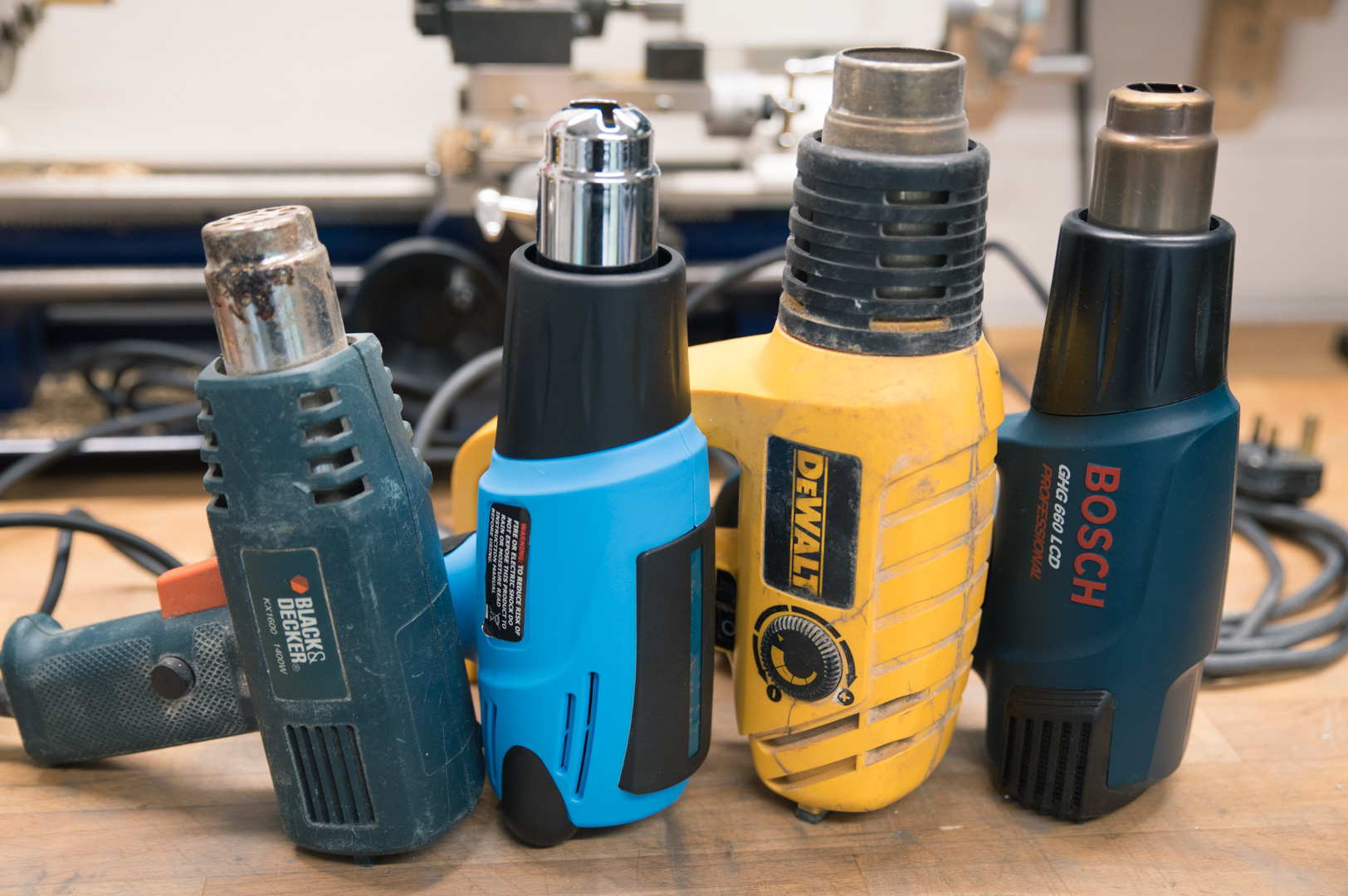
Each one conveniently sits at a particular market point that I think makes sense as a category, so let's have a look at what separates them.
Entry Level - £10-25
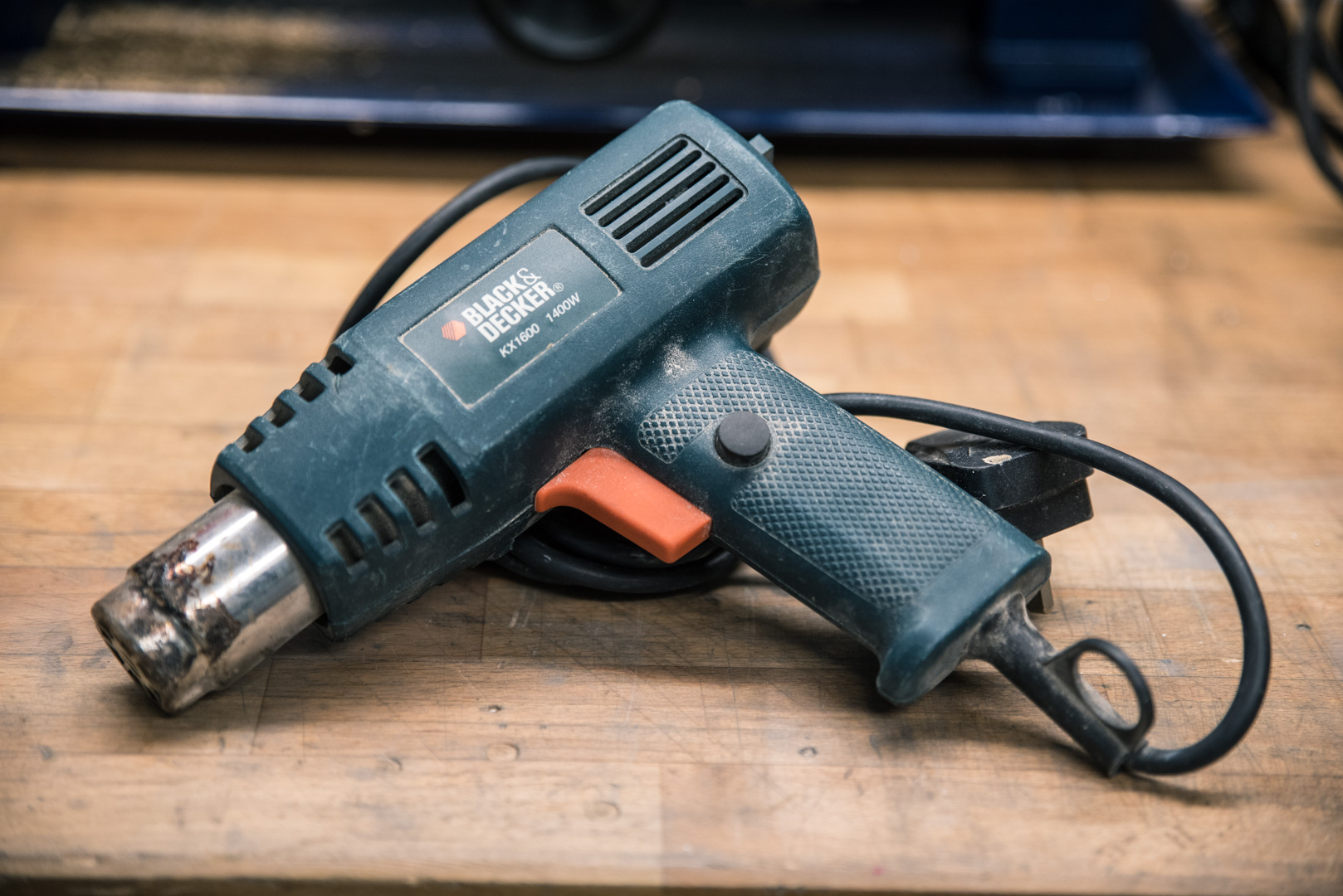
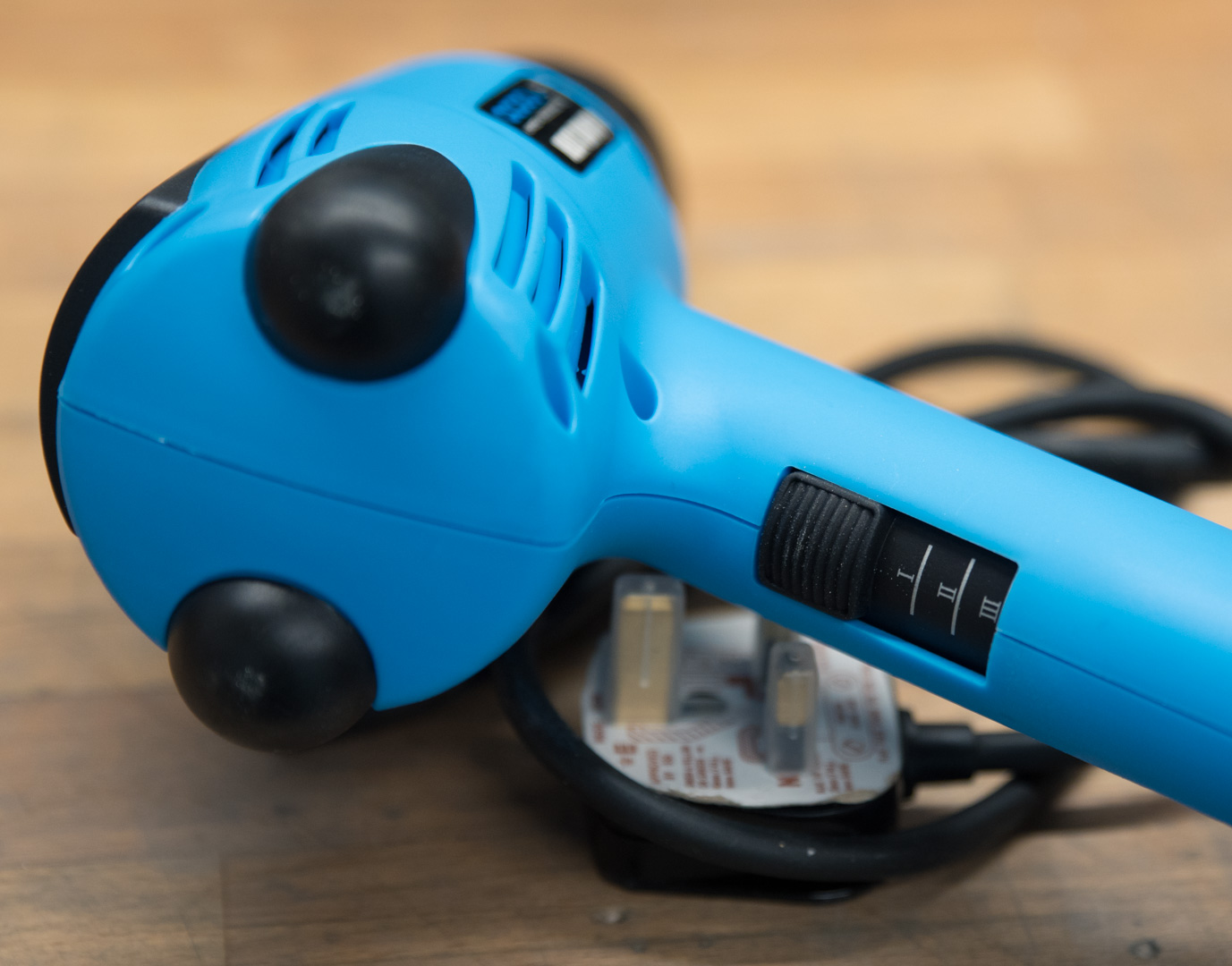
Both the Black and Decker and the Alphacool sit firmly in this category. They're simple tools that heat stuff, nothing much more than that. Typical of basic heat guns, they lack precise temperature control, and in the case of this B&D, any control at all. The Alphacool has a simple three-step strength switch, which will help to provide a modicum of control.
Looking at the wattage of both units, the B&D is 1,400W and the Alphacool 2,000W, which are fairly typical figures. They will heat up quickly and be good for most jobs if you keep an eye on things. PETG in particular can overheat very easily, so it's important with units like these that you're careful and look out for when the tube has reached the correct bending temperature. Similarly if using for heatshrink, make sure to observe when the tube has completely shrunk and also to not accidentally overheat other areas such as sleeving material.
Intermediate - £25-60
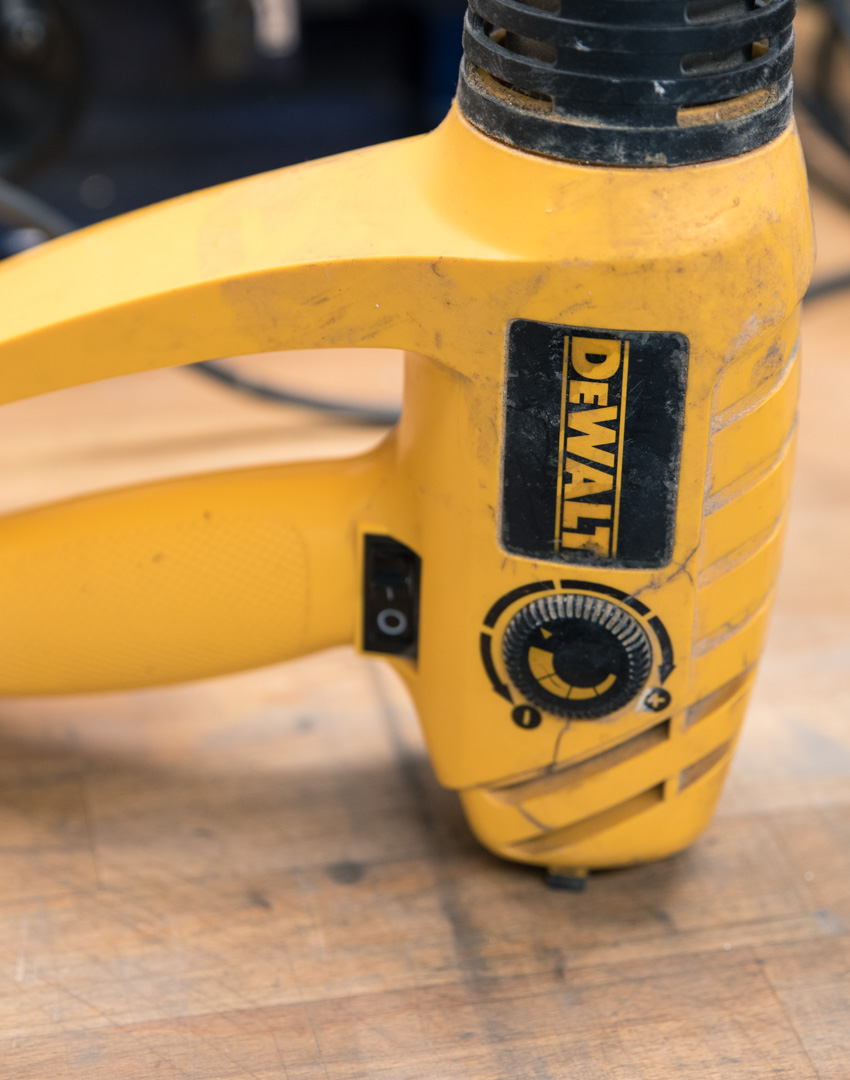
Stepping up a notch we gain some meaningful features, namely more accurate temperature control. Frankly, there's a mind boggling number of options within this zone, as it's where the majority of the decent tools live. Things to look out for are temperature markings, good stability when using on a flat surface, quick heat up and cool down times, a comfortable handle shape (trust me if you need to use it for doorframes one day...), and support for accessories.
Owing to the nature of the tool, my preference is to stick to the power tool brand names that I recognise such as B&D, Ryobi, Makita, DeWalt, or Bosch. That's not an exclusive list though, so do shop around, read reviews, and see what's on offer. It's worth finding a well regarded model with good temperature control, however, as it can make working with materials like PETG much easier, especially with more ambitious bends.
Professional - £60+
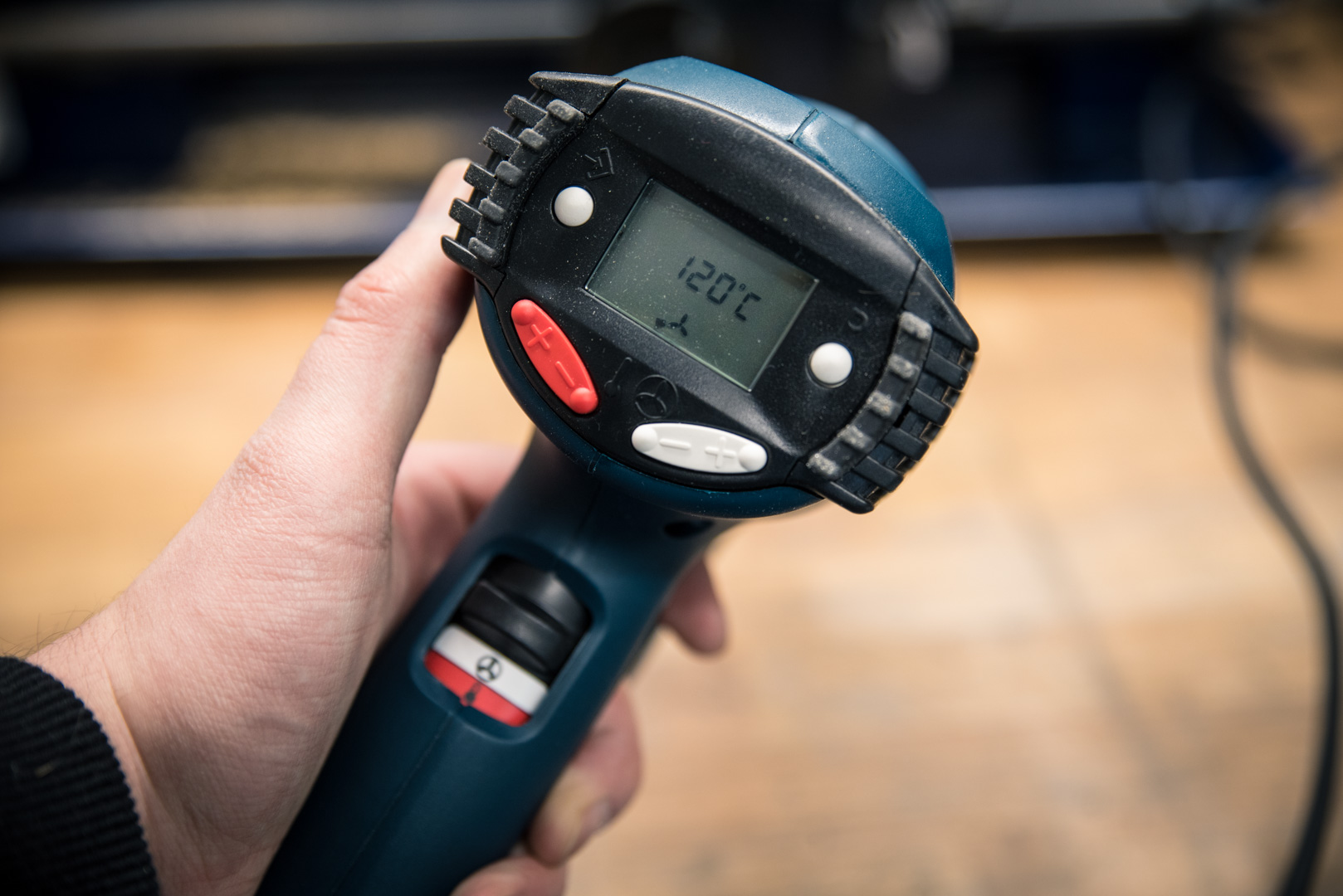
Not a huge number of heat guns dwell in this category, as it's a fairly simple tool at heart, but there are some notable examples. I currently use a Bosch GHG 660 LCD, which I do not regret plonking for one bit. At this point you're really looking for fine control, maximum options, and very consistent performance alongside solid build quality. Digital heat control allows for very specific target temperatures, which I try to use as often as possible. A good example is heating PETG or acrylic tubing to just above their glass points; 130°C works very well for PETG. This allows you to heat up the tube without fear of overdoing it - perhaps not a concern if doing a simple, compact 90-degree bend, but certainly worth thinking about if you want to attempt a helix or a large radius bend.
The Bosch has digital control and heats and cools very rapidly, which is particularly useful if using very high temperatures. If set to 600°C it's possible to use for sacrificial heatshrink rather than a lighter. That said, the less time I have a 600°C piece of metal on the bench the better. Cold settings are also possible, and this heat gun is built like a tank. It's also quite compact, making it convenient for longer sessions handheld. Additionally, you're able to store operating modes on the tool itself, meaning you can swap uses at the push of a button rather than changing the settings, which is convenient if like me you tend to flit between different uses.
Accessories
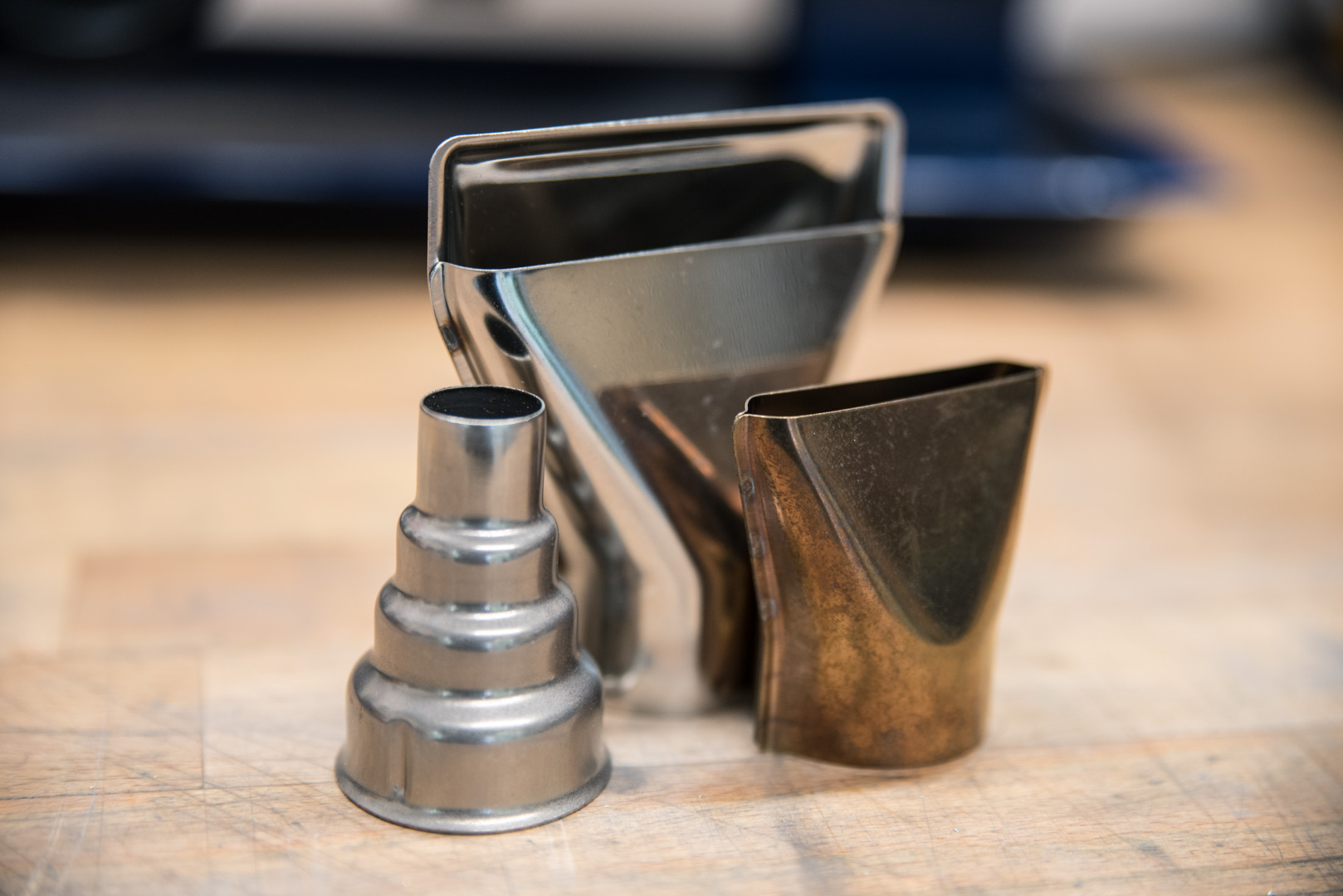
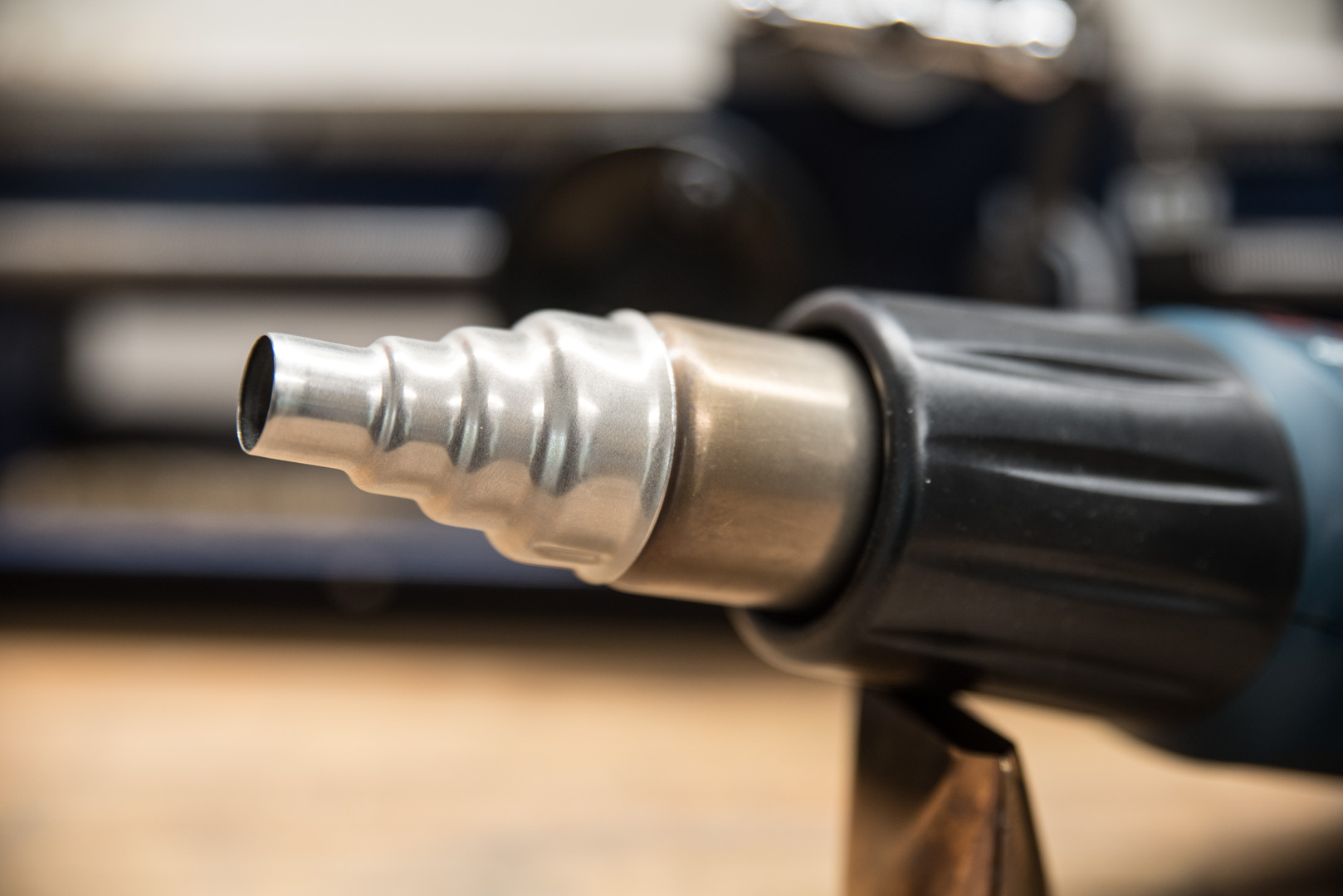
One final thing worth considering are the various accessories that augment a heat gun's capabilities for particular tasks, such as nozzles. Many guns will come with a selection of these, but if not they can be picked up cheaply online. Quite often they can be very helpful for performing specific duties like soldering piping or stripping walls. Personally, I like to use the narrow fan-type one for cabling, as it means I can more easily position a portion of the wire/heatshrink over the airflow. This makes it simpler to keep heatshrink untouched compared with the standard nozzle.
If you have any suggestions from your own experiences, I would love to hear them!
MSI MPG Velox 100R Chassis Review
October 14 2021 | 15:04

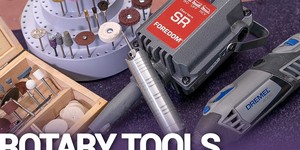
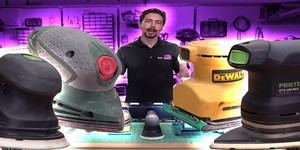
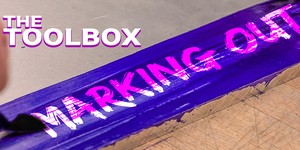




Want to comment? Please log in.